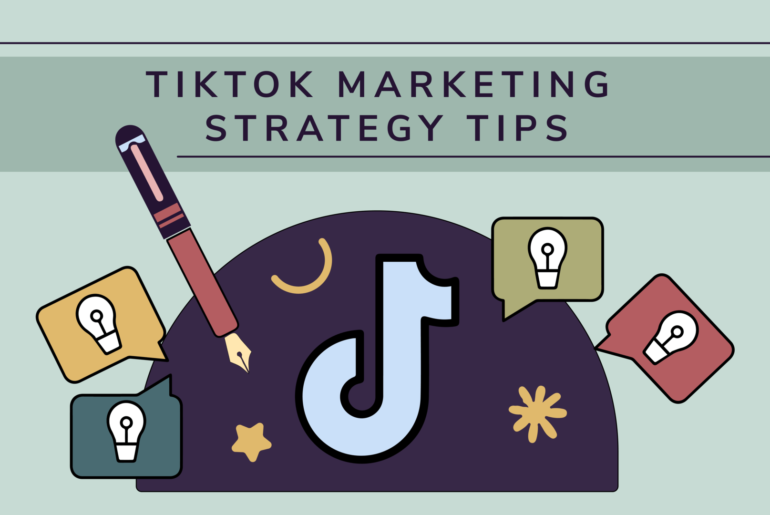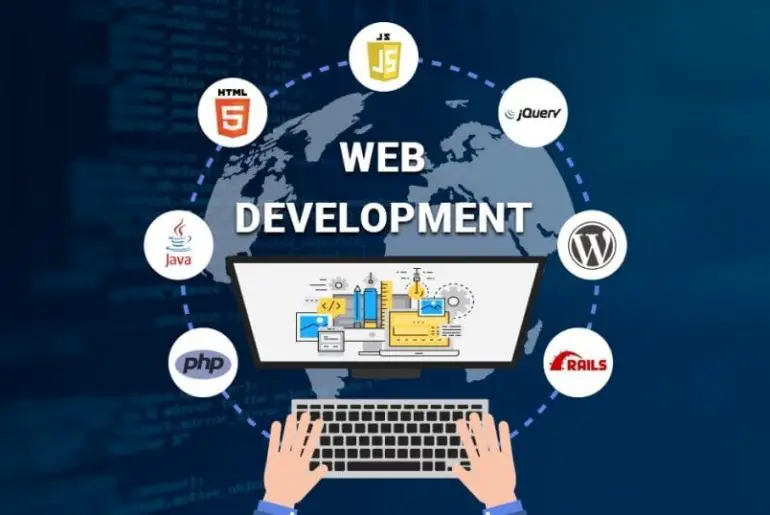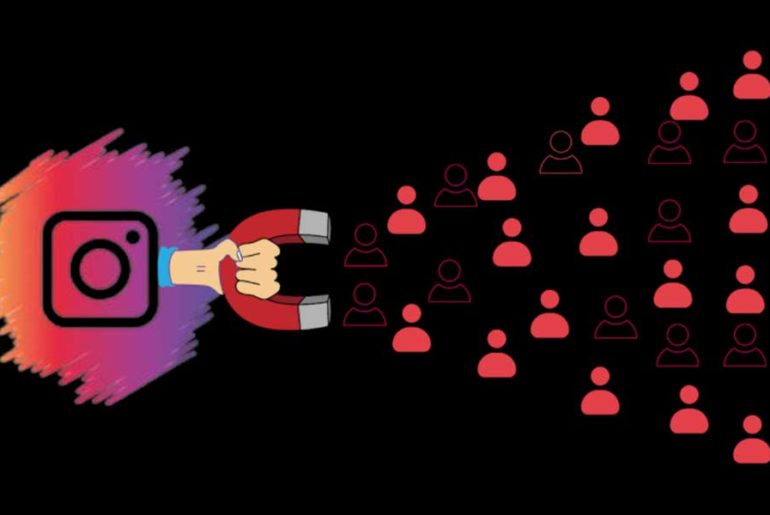Mark Zuckerberg, the owner of the Meta company, has long been involved in different educational initiatives, including his Summit training system developed for American public schools.
His new initiative presupposes merging his Meta universe into college and campus life. 10 US-based colleges agree to create a virtual copy of their lectures and campus events to make them accessible in real-time VR technology. This way, they want to enhance remote students’ learning possibilities and add gamification to the study process.
Yet, this plan is a challenging path to take. Here are the five most possible issues the “metaversities” may face:
1. Privacy Concerns
Meta makes money from harvesting user information, including sensitive data. The company has already been accused of utilizing data without users’ content to influence election results or share them for advertising.
In their “metaversity” program, Meta promises to keep the data private and “limit” advertisers’ access to the information on students and teachers. Yet, they don’t promise to cut off the advertisers completely.
Students in “metaversities” will be forced to consent to watching and analyzing their moves, speech, facial expression, eye movements, etc. Moreover, the VR equipment will also gather data on heart rate, eye openness, pupil size, body movement, etc.
Jon Callas, the director of the digital privacy group EFF, says, “it’s not hard to imagine a world in which Meta gives advertisers information on where our eyes are focused to help them better measure our attention, target us with ads and compel us to buy stuff.”
2. Bias
Educational programs include gender, racial, social, and political bias. For example, recently, people have become worried about the increased popularity of Marxist ideas in US colleges.
Books and lectures have a strong influence on forming students’ views. VR may be more robust. In the metaverse, students visit virtual reconstructions of historical events, like battles, revolutions, secret meetings, etc., which is much more impressive than usual materials, and much more potent in the ability to lean the audience to a specific point view.
Educators must make extra efforts to ensure their programs are neutral so that a metaverse system remains a powerful tool for engagement, not propaganda.
3. Cost and Time
Metaverse education is not free. It presupposes extra payment over conventional education costs.
Colleges will have to pay for metaverse license (from 20,000$) costs for creating the digital copies of their campuses (100,000$), not to mention that students will be charged yearly fees (200$ per student). Virtual reality headsets will incur extra costs, as well as their technical maintenance and charging.
4. Dehumanization and “Zoom Fatigue”
Despite spending a lot of time online, almost two-thirds of our communications come face-to-face in normal conditions. The rapid shift to online meetings during covid lockdowns gave birth to a new phenomenon called “Zoom fatigue.” The term stands for the increased level of energy drain compared to offline work and study.
VR-based education may bring up the same effect, given account that on top of usual mental activity, you’ll have to get accustomed to wearing VR gear several hours a day.
Another concern is the loss of social skills. Nir Eisikovits, a philosophy professor at the University of Massachusetts at Boston, thinks that VR-based education will create “an entire infrastructure of people not being together actually, physically,” meaning the loss of human-to-human connections, which are an essential part of the social college life.
5. Adaptation Challenges
Gearing the education program toward the VR experience will also be challenging. According to Steve Grubbs, CEO of VictoryXR, a company involved in the technical support of metaversities, “Learning comes alive in ways never before possible,” thanks to VR-backed materials.
Yet, to prepare, for example, a 3D Civil War reconstruction scene for a history lecture, a university will have to join forces with history professors, 3D designers, and a software development firm to create a high-quality and sustainable learning experience, which will be time, effort and cost consuming.
Ways Out?
So how to embrace the positive sides of VR-based educational activities without harvesting the cons? Perhaps the wisest way will be not to get head-over-hills into the new opportunity. A glass of wine in the evening may be suitable for your health, but a bottle at night may not.
Author’s bio: Anastasiia Lastovetska is a technology writer at MLSDev, a software development company that builds web & mobile app solutions from scratch. She researches the area of technology to create great content about app development, UX/UI design, tech & business consulting.









